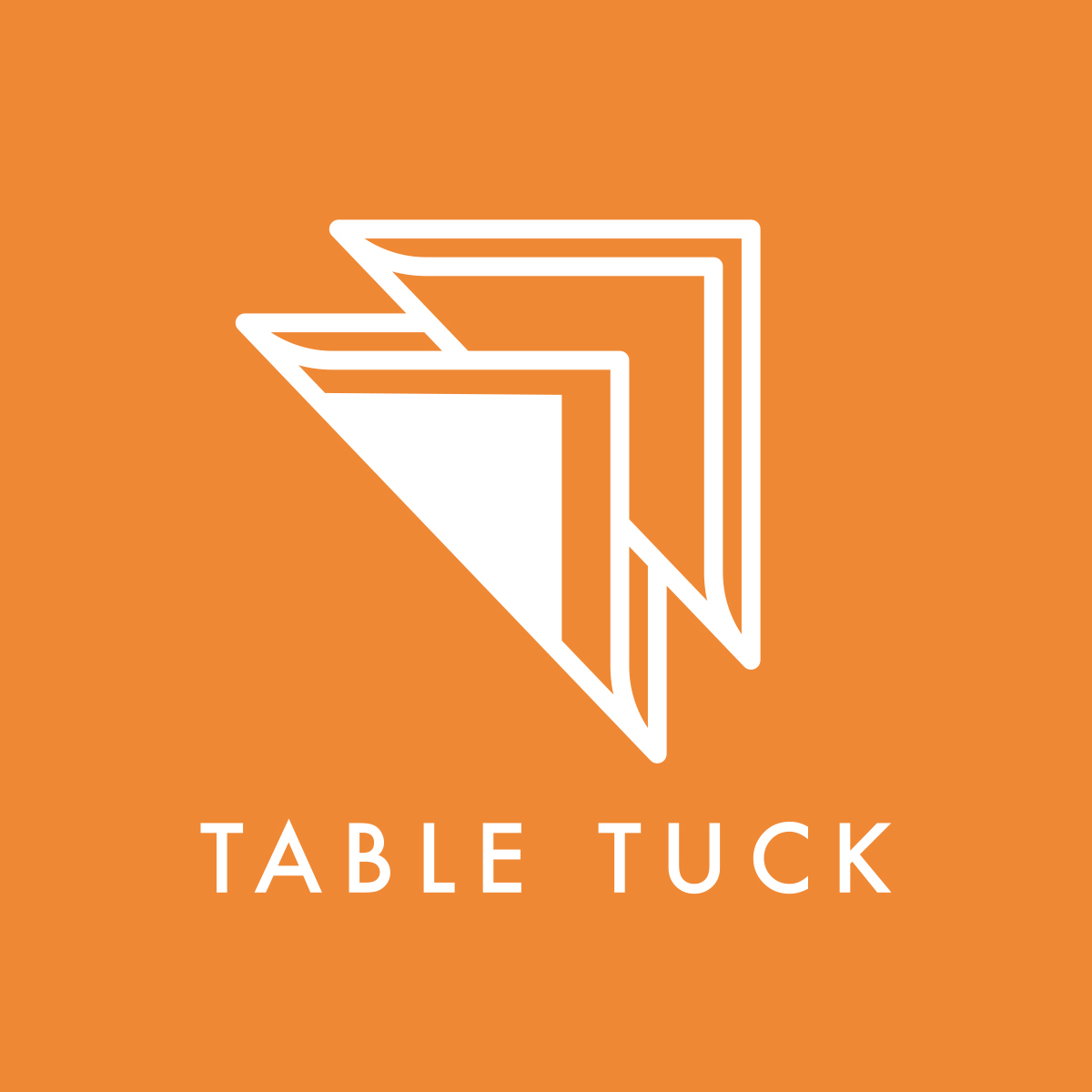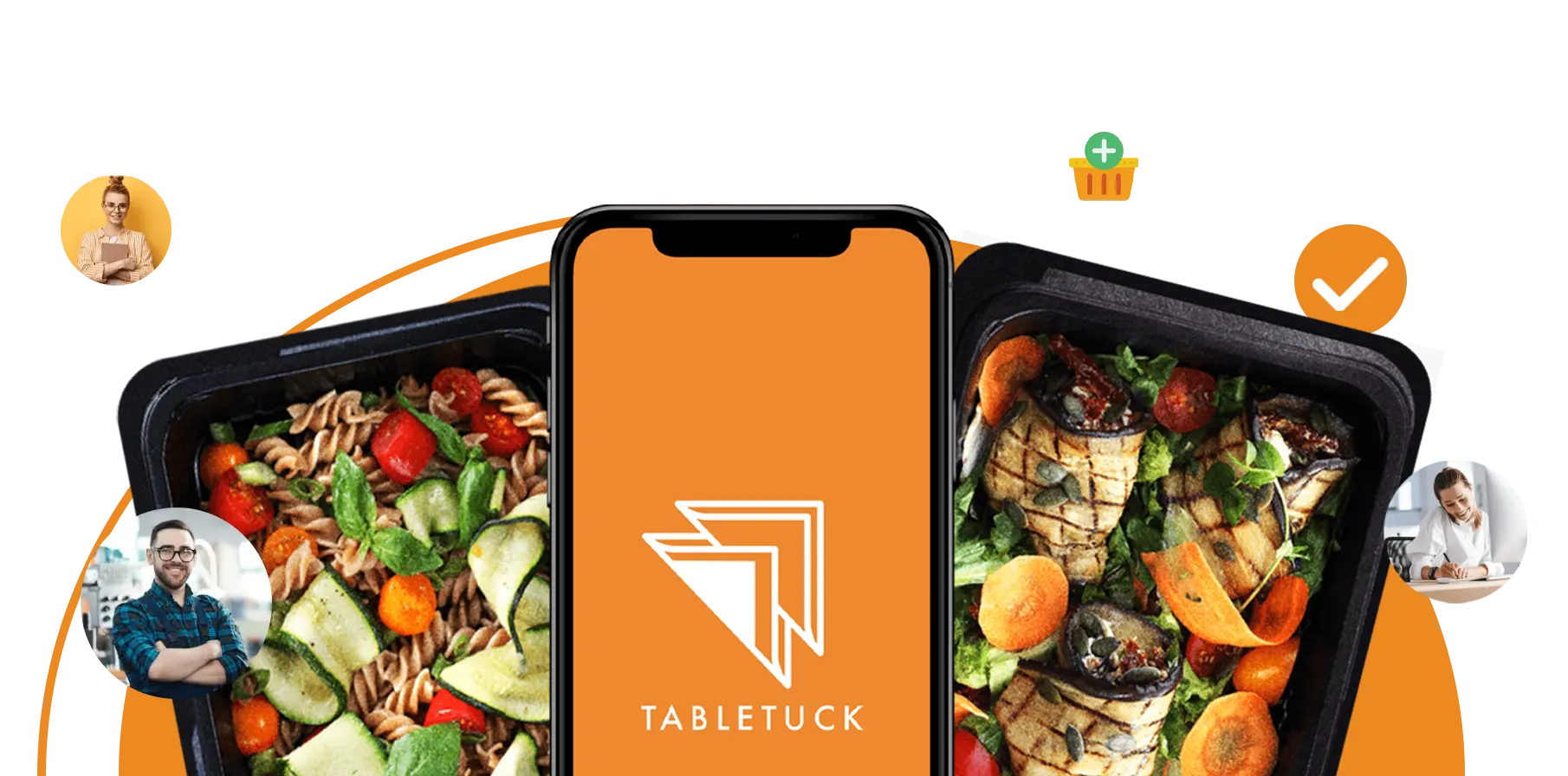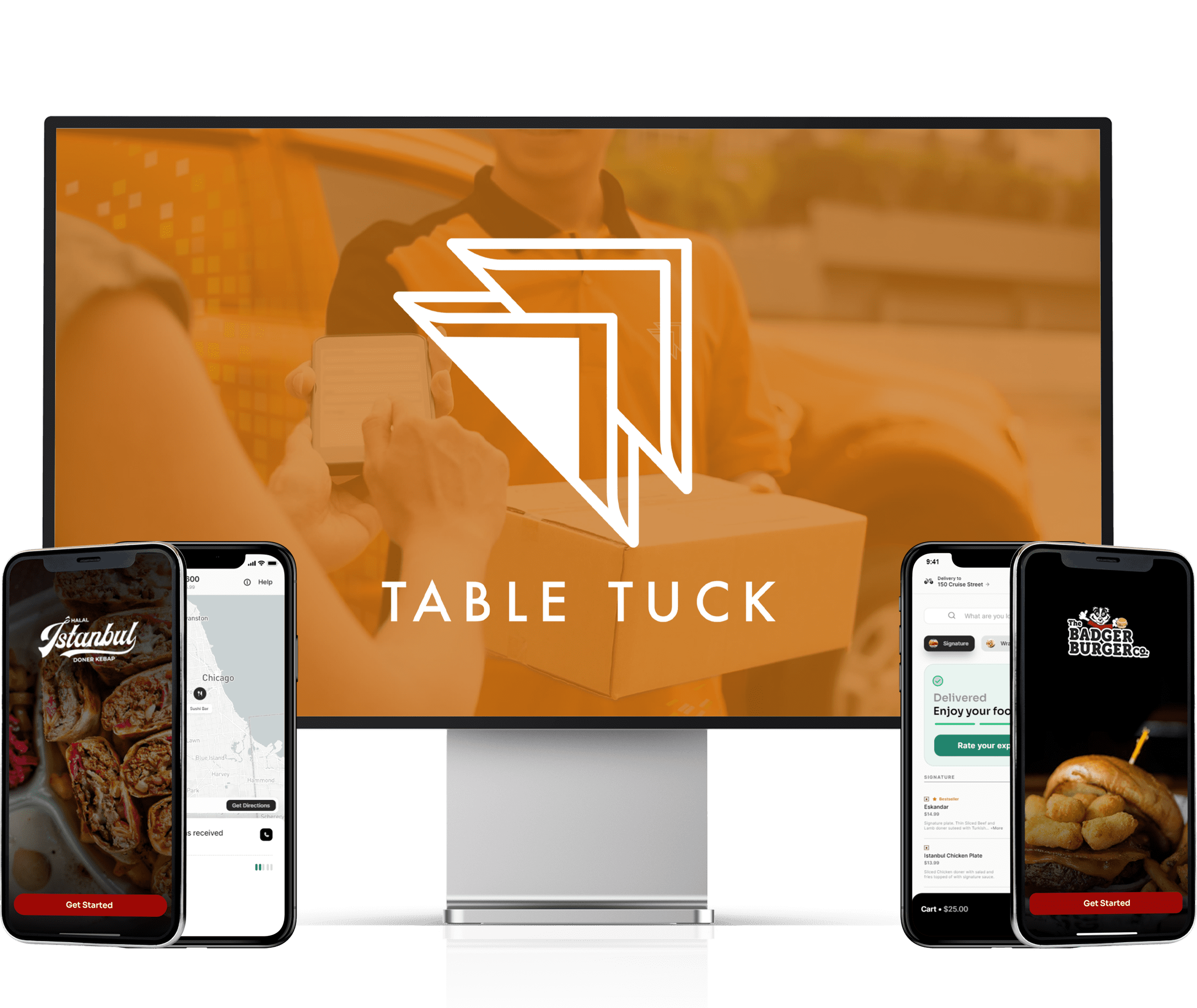Advantages of Cloud Kitchens for Restaurants





In recent years, the restaurant industry has witnessed a significant transformation with the advent of cloud kitchens. These virtual kitchens, also known as ghost kitchens or dark kitchens, operate without a traditional dine-in space and focus solely on fulfilling delivery and takeout orders. As restaurants navigate through changing consumer behaviors and market dynamics, cloud kitchens emerge as a viable solution offering numerous advantages. Let's delve into why an increasing number of restaurants are opting for cloud kitchens.
Cloud kitchens are commercial facilities equipped for food preparation and cooking, but devoid of dine-in services. Instead, they serve as centralized hubs for fulfilling delivery and takeout orders received via online platforms. This model allows restaurants to operate more efficiently and cost-effectively by eliminating the need for physical storefronts.
The concept of cloud kitchens gained traction primarily due to the surge in online food delivery services. With the proliferation of food delivery apps and changing consumer preferences favoring convenience, restaurants sought alternative ways to reach their customers beyond traditional brick-and-mortar establishments.
One of the primary advantages of cloud kitchens is their ability to significantly reduce overhead costs compared to traditional restaurants. By eliminating expenses associated with maintaining a dine-in space, such as rent, utilities, and front-of-house staff salaries, restaurants can allocate resources more efficiently.
Cloud kitchens leverage economies of scale by centralizing operations and sharing resources among multiple restaurant brands operating within the same facility. This enables cost savings on ingredients, equipment, and infrastructure, ultimately enhancing profitability.
Virtual Kitchens provide an ideal environment for experimenting with new culinary concepts or menu items without the commitment and risk associated with opening a new physical location. Restaurants can gauge market demand and gather feedback more effectively before making larger investments.
Unlike traditional restaurants constrained by physical space limitations, cloud kitchens offer unparalleled scalability. Restaurants can quickly expand their reach by setting up additional virtual locations in strategic areas, catering to a broader customer base without incurring hefty expansion costs.
By operating solely through online platforms, cloud kitchens eliminate the complexities associated with managing front-of-house operations, including staffing, customer service, and ambiance maintenance. This allows restaurants to focus their efforts and resources on core aspects such as food quality and kitchen efficiency.
Cloud kitchens streamline operations by optimizing workflows and minimizing unnecessary processes. With a laser focus on fulfilling delivery orders promptly and efficiently, restaurants can enhance overall productivity and customer satisfaction.
One of the key advantages of operating in a digital ecosystem is the abundance of data available for analysis. Cloud kitchens leverage advanced analytics tools to track key performance metrics in real-time, enabling informed decision-making regarding menu optimization, pricing strategies, and resource allocation.
By analyzing customer preferences and ordering patterns, restaurants can fine-tune their menu offerings to align with market demand. Cloud kitchens have the flexibility to adapt menus quickly, adding or removing items based on popularity and profitability, thus maximizing revenue potential.

Cloud kitchens offer unparalleled adaptability to evolving consumer preferences and market trends. Restaurants can swiftly pivot their strategies in response to changing demands, whether it's introducing seasonal specials, capitalizing on food trends, or catering to specific dietary preferences.
Despite the numerous advantages, cloud kitchens also present challenges that restaurants must address to ensure success.
One common concern among consumers is the perceived lack of quality control in food prepared at cloud kitchens. To mitigate this, restaurants must uphold stringent quality standards, invest in high-quality ingredients, and prioritize consistency in food preparation and packaging.
Efficient delivery logistics are crucial for ensuring timely and safe delivery of orders from cloud kitchens to customers' doorsteps. Restaurants need to collaborate with reliable delivery partners, optimize delivery routes, and implement robust packaging solutions to maintain food quality during transit.
Maintaining brand consistency across virtual and physical touchpoints is essential for building trust and loyalty among customers. Restaurants should ensure that their brand identity, messaging, and overall experience remain consistent, regardless of whether customers interact with them online or offline.
In conclusion, cloud kitchens offer a myriad of advantages for restaurants seeking to adapt to the evolving landscape of the food industry. From cost-effectiveness and scalability to streamlined operations and data-driven decision-making, the benefits are undeniable. By embracing the concept of cloud kitchens and addressing associated challenges proactively, restaurants can position themselves for sustained growth and success in the digital age.

Cloud kitchens operate solely through online platforms, focusing on delivery and takeout orders without a physical dine-in space. In contrast, traditional restaurants offer dine-in services and typically have a physical storefront.
Yes, cloud kitchens are suitable for a wide range of cuisines, from fast food and casual dining to fine dining and specialty cuisine. The virtual nature of cloud kitchens allows restaurants to cater to diverse culinary preferences without the constraints of a traditional setup.
Yes, existing restaurants can transition to cloud kitchens by repurposing their existing kitchen space or partnering with third-party cloud kitchen operators. This transition enables restaurants to expand their reach and diversify revenue streams while optimizing operational efficiency.
Essential technologies for running a cloud kitchen include online ordering platforms, kitchen management software, inventory management systems, and delivery logistics solutions. These technologies streamline operations, enhance efficiency, and facilitate data-driven decision-making
Elevate Your Online Kitchen Order Processing Journey Today.